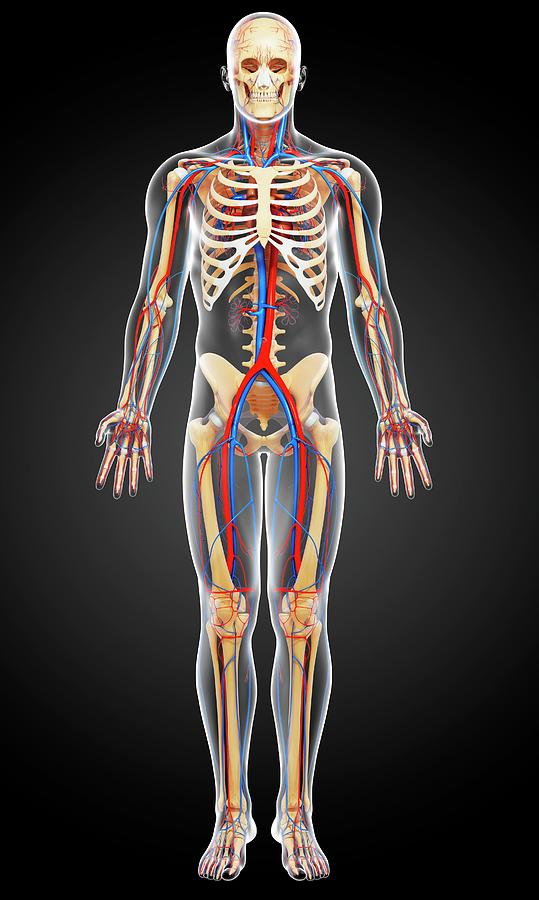
It was a very good story about growing up in a warm home, having Polish and Ukrainian friends.

“She spoke for about an hour and a half non-stop.and gave me a certain understanding of the life she would have led in that little town in the 1920s. He began writing and gathering research about the town, using it as a microcosm to then expand to greater Eastern Europe in an effort to explain “communal killings,” in 1995, when he came to visit his mother in Israel and asked for her story. “The book is an attempt to understand the voices of the people who once lived in that area and who have been largely forgotten both in that area and other areas,” Bartov said. In assembling his argument for his new book, Bartov explained that he had to remove his prejudices against first-person accounts of genocide, in order to get a better-rounded perspective of what went on in towns like Buczacz: Bartov contended, in the lecture, that the reason for this slaughter hinged on an idea he called “communal killing.” Longtime USC Shoah Foundation board member Mickey Shapiro – who funds the Sara and Asa Shapiro Scholar and Lecture fund at the Institute’s Center for Advanced Genocide Research in honor of his parents, Holocaust survivors Sara and Asa Shapiro who lived near Buczacz – was in attendance during the lecture.īartov, an Israeli-born and Oxford-educated professor, centered his discussion on how the East Galician town of Buczacz was transformed from a site of coexistence – where Poles, Ukrainians and Jews had all lived side-by-side for centuries – into a site of genocide, where between the German occupation of the region in 1941 and the 1944 Soviet liberation, the entire Jewish population was murdered by both the Nazis and their neighbors.

This town, in itself a synecdoche of greater World War II, was the focus of a talk given by Professor Omer Bartov of Brown University, on 8 May in his Sara and Asa Shapiro Scholar Lecture at USC’s University Club.

The town of Buczacz is part of Ukraine now, situated between two graveyards – two mass graves – with a living population hovering at around 12,500, if you mind the 2001 Ukrainian census.


 0 kommentar(er)
0 kommentar(er)
